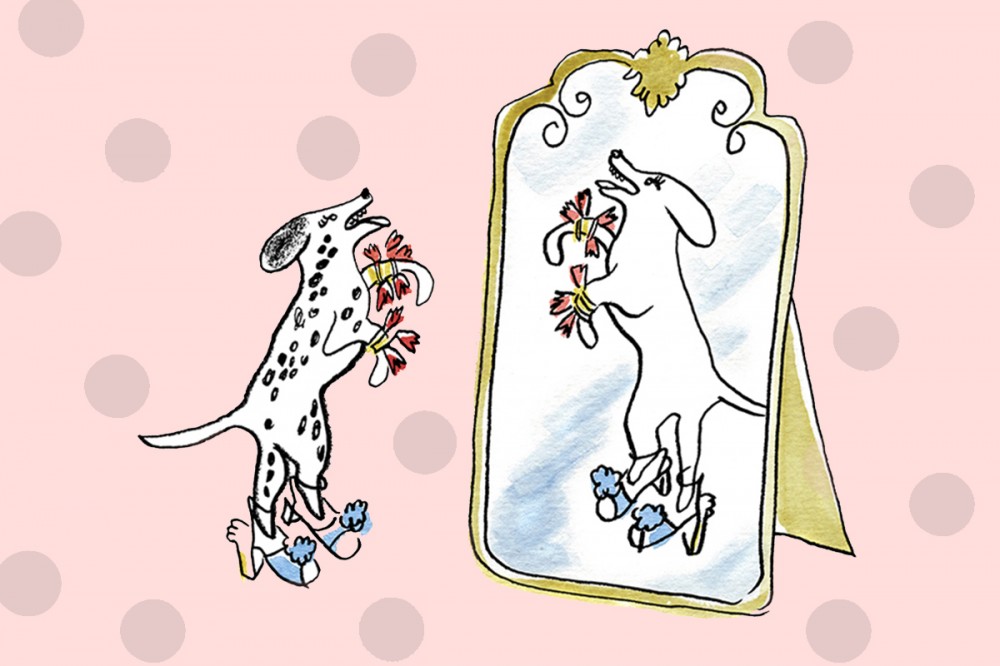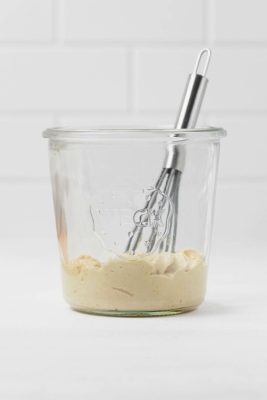

ONE WRITER ON THE HEALING POWER OF EMBRACING PERSONAL STYLE
Skin is a difficult thing to hide from. It sits atop your bones and muscle, so it’s right there. It’s supposed to be a barrier between your insides and the world. But when you’re born with a rare skin disease that affects only 1 in 200,000, your clothes become what protect your skin from the prying, judgmental eyes of people.
Netherton syndrome, which sounds like a weird small town in Australia, has plagued my twin sister and me since we were babies. I’ve spent the majority of my life covered in excruciatingly painful red scales and squiggles resembling ringworm. I’ve been poked and prodded by dermatologists in studies where they whisper amongst one another, pointing out the characteristics of my disease.
Over the course of my adolescence I would hide: in the bathtub, under covers, in what I wore. Back then, clothes weren’t about representing my insides. They hid my so-called mutant exterior.
Many parties were missed because of flare-ups that would leave me on the bedroom floor wiping salty tears from my chin while feeling sorry for myself. What I wanted was to wear something reminiscent of Jennifer Lopez at the 2000 Grammy Awards to my classmates’ plethora of sweet sixteens, or at the very least, to show my legs. Instead, I existed in a blur of brightly-colored robes, t-shirts and sweats.
Then one day, in the depths of my frustration over the fact that I never felt like myself because of my own surface, I came upon the style of a few key women and decided something needed to change.
I embraced fashion.
I found my style by looking at women who didn’t have to show a lot of skin to be sexy and radiant and infectious. I could be Faye Dunaway in short sleeve sweaters and midi skirts. I could be Diane Keaton in button downs and turtlenecks, or Jean Seberg in her famous Breton stripe shirts. I didn’t need to be like every girl wearing a bikini on the beach. Instead, I would channel Elizabeth Taylor in Suddenly, Last Summer in a spectacularone-piece suit that would conveniently cover my stomach full of angry, red bumps.
The clothes I love wrap me up like a security blanket; they are no longer the covers under which I used to hide. Thanks to the perfect jeans (as frayed by me), or a well-worn shirt tied in a different way, I look in the mirror and I’m not this destroyed person anymore. I’m okay.
Fashion has taught me about perseverance and adaptation. Bravery doesn’t necessarily rise up when my disease does; saying “Screw it, I’ll show my skin today,” doesn’t always feel good. It doesn’t always work. But style does. I’ve found strength in what I wear. I’m comforted by the fact that my skin can be a mess but nobody knows I’m in pain. Sometimes it’s nice to be normal, you know?
If I waited for my skin to be in perfect condition, I would never go out. I would sit in my bathtub and listen to dramatic songs off the Grey’s Anatomysoundtrack. I would wear old hoodies and cry and feel like a victim. But life is never in perfect condition, so instead, we find the right tools to survive. Legendary photographer Bill Cunningham once said, “Fashion is the armor to survive the reality of every day life.” I know this to be true.










